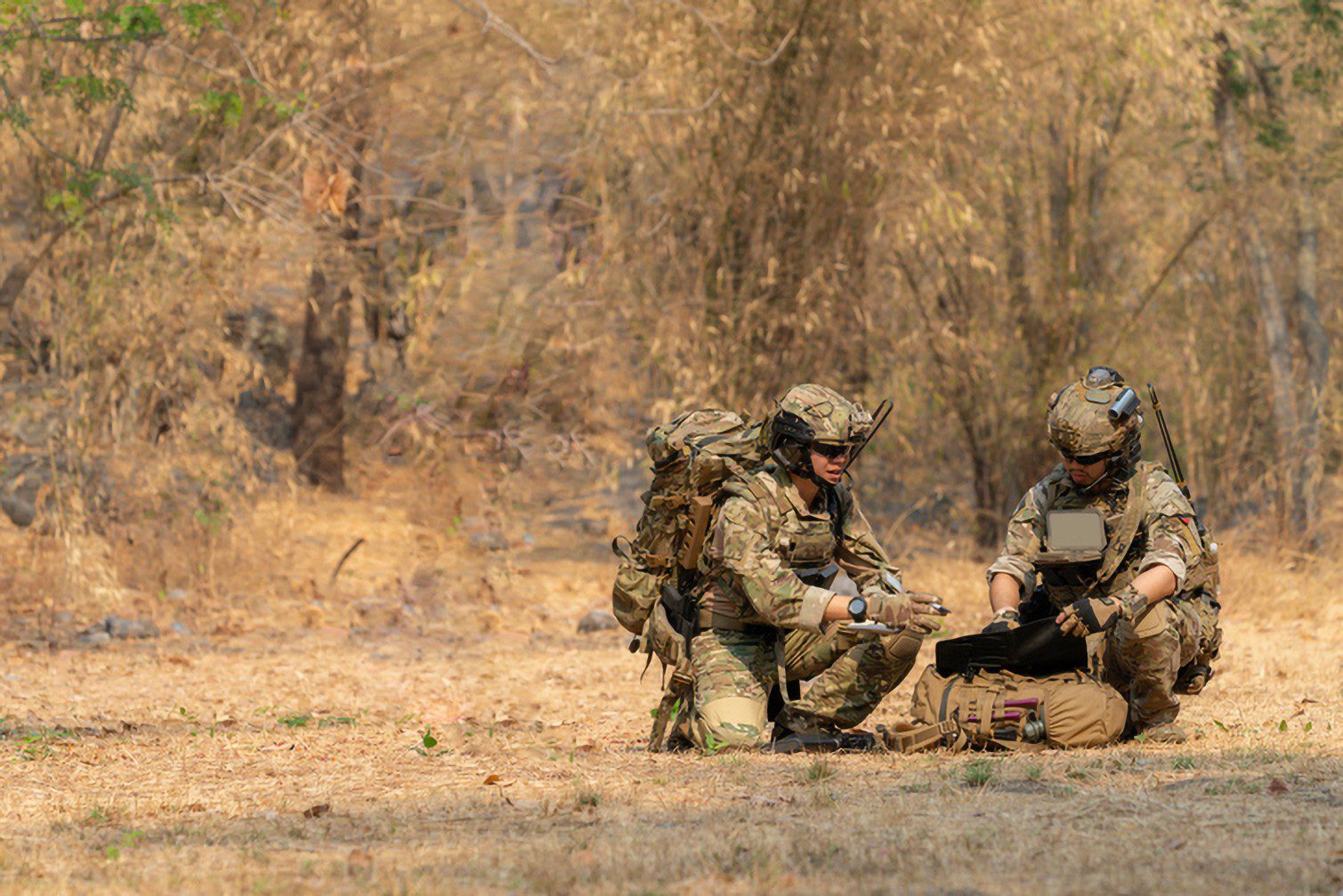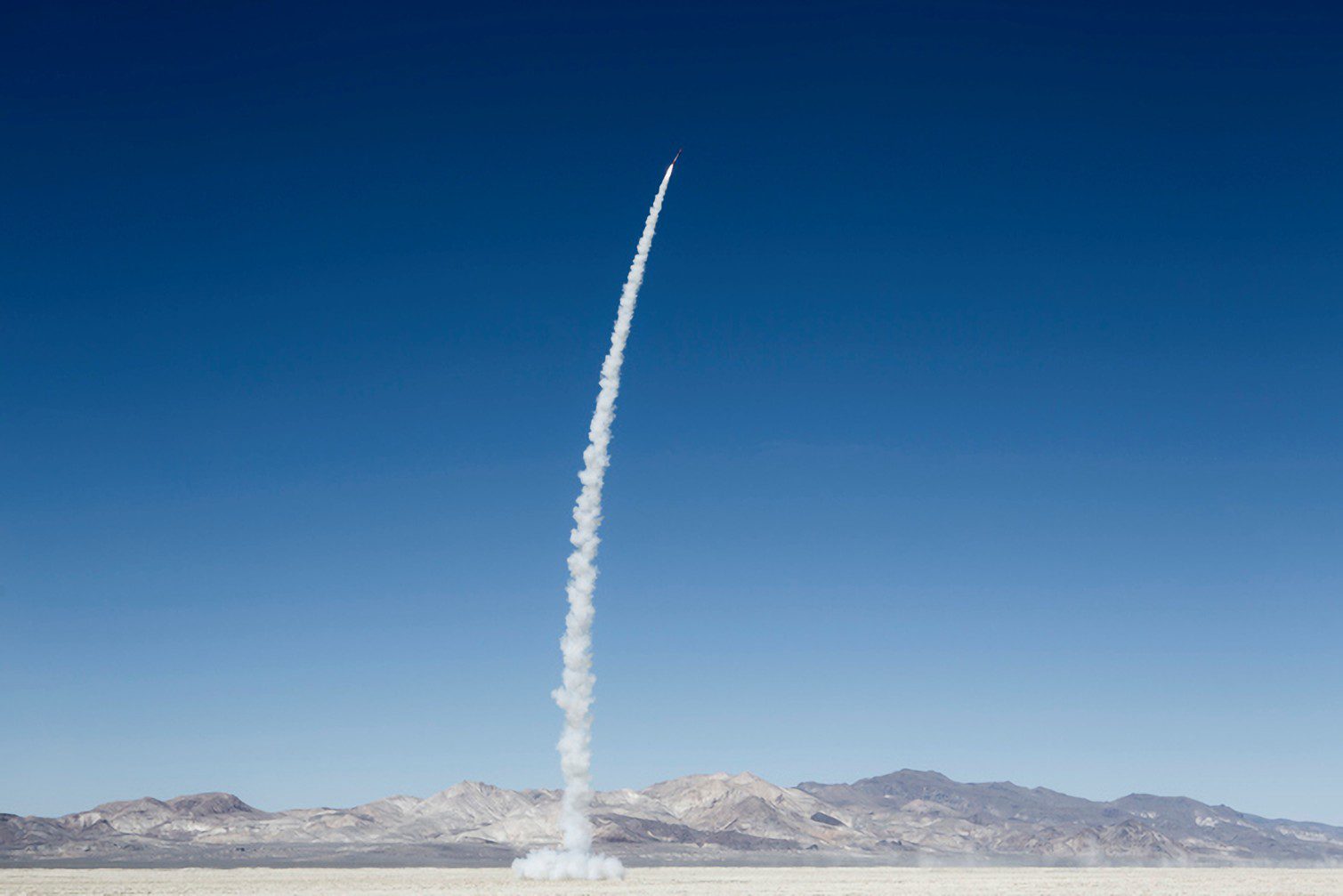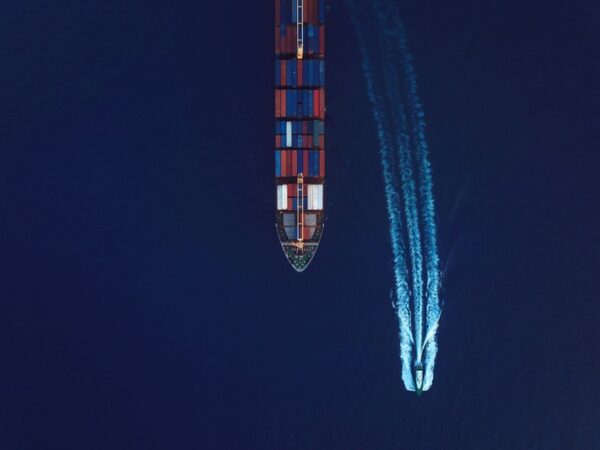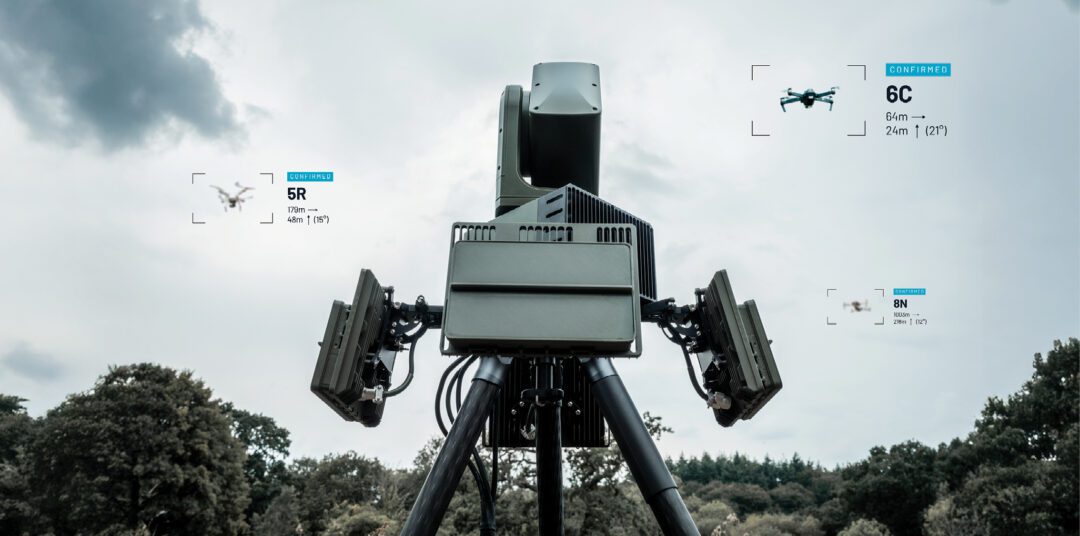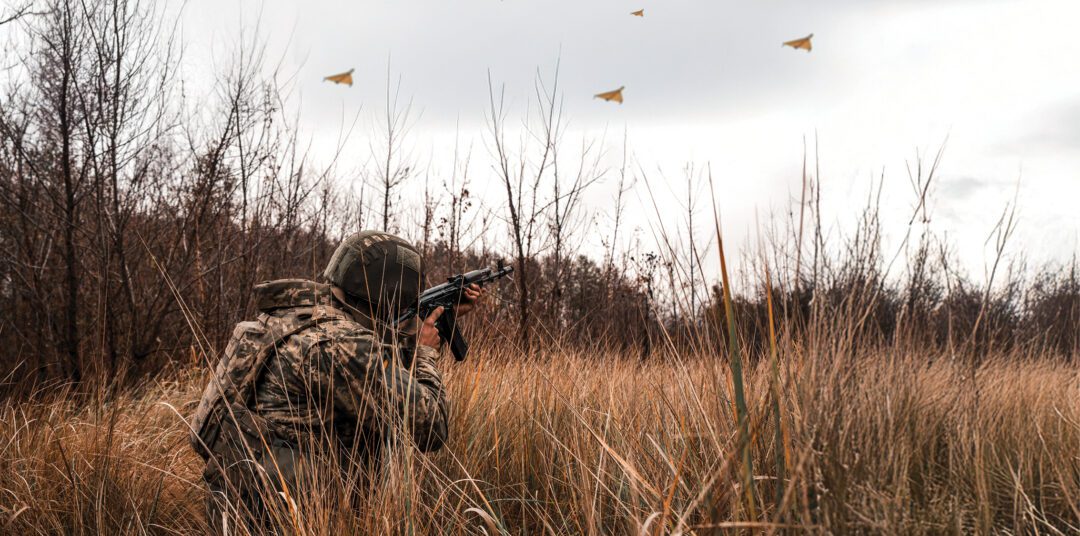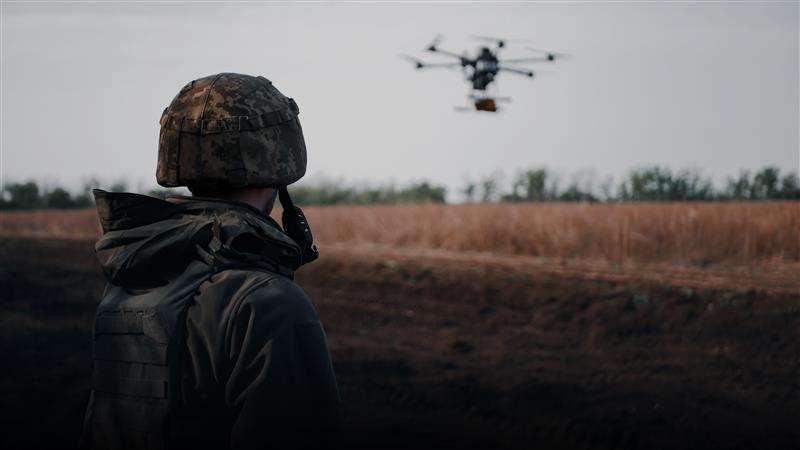Roke Are Changemakers
Shaping the future of digital defence and security.
Solving complex, high-stakes challenges with purpose and lasting impact.
True impact is powered by more than technology — it’s driven by purpose, precision, and the ability to adapt.
We work across defence, security, and industry to solve the challenges that shape lives, safeguard systems, and strengthen future capability.
Watch ‘Innovating, Faster than the Speed of Threat’
As a pioneer in innovation for defence and national security, Roke was invited to feature in Economy 4.0 – a CBS News series exploring how technologies like AI, quantum, autonomy, and advanced sensing are transforming life and business.
Watch now to discover Roke’s story and hear how emerging technologies can be rapidly integrated to give the UK and its allies the edge.

Capability that adapts with your mission
Engineers, consultants, and problem-solvers with deep technical expertise and decades of operational insight work alongside your teams — helping you move faster, integrate smarter, and deliver lasting advantage across physical and digital environments.
6 Decades of Industry Knowledge
Expertise only matters if it holds up under pressure — and keeps delivering in complex, critical environments. What sets Roke apart is how we apply it: with purpose, precision, and a track record of impact that reaches further than any single project.
25k+
projects complete
40+
countries worldwide Delivered to
500+
Active customers
57%
employees are Engineers
41%
of our engineers are veterans
When the mission matters, the systems behind it need to be fast, resilient, and ready to adapt.
We’re a team of engineers, scientists, and problem-solvers who thrive on complexity — turning deep technical expertise into real-world impact across national security, critical infrastructure, and emerging technology.

Where We Shape Change
Looking for your next career move?
At Roke, engineers, scientists, intelligence specialists and veterans come together to take on real-world challenges — and see the impact of what they build. You’ll work on meaningful problems, grow your expertise alongside brilliant minds, and help shape technology that protects people, places and critical systems. If that sounds like you, let’s talk.


